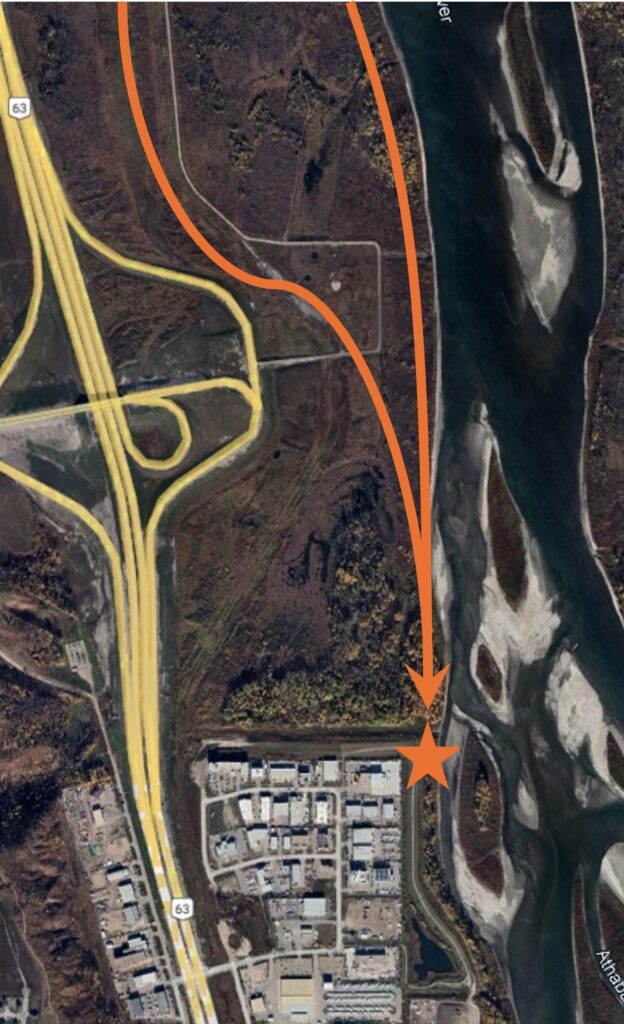Ongoing Project
Fall Migration Monitoring
The Taiganova Bird Banding Station (TAIG)
In 2016, we established the Taiganova (TAIG) bird banding station on the west bank of the Athabasca River in northeast Fort McMurray, as a fall bird migration monitoring location. Our bird banding protocol is based on the Canadian Migration Monitoring Network (CMMN) procedures. Birds migrating south along the Athabasca River encounter Highway 63 and the Taiganova Industrial Park and move through a local migrant funnel within which our banding station is located. The number of birds that we encounter make this location ideal for migration monitoring. The bird species that we band varies, and in August we see mostly species that are known to breed regionally around Fort McMurray. In September, we start to see more northern migrants and those species that are known to breed in the northern boreal and tundra habitats.
"This opportunity is excellent for instilling an appreciation of birds and of wildlife generally."
We also use TAIG for our community outreach and public education programs, where we provide information on birds and bird banding. This opportunity is excellent for instilling an appreciation of birds and of wildlife generally. We plan to operate TAIG full-time in August and September each year and will include opportunities for public education and volunteer training. Our volunteers learn bird identification, and how to handle and band birds safely, skills that are also transferable to other environmental fields.
Our science-based migration monitoring data and reporting contributes to the understanding migratory bird populations that intersect oil sands developments during their southward migration. The results of our banding project will be shared with the public as part of our education and outreach programs.
All of our banding data are submitted to the Canadian Wildlife Service’s Bird Banding Office, per our bird-banding permit conditions. Banding data are also submitted to the Alberta government, per the conditions of our Provincial research permit for this program.

